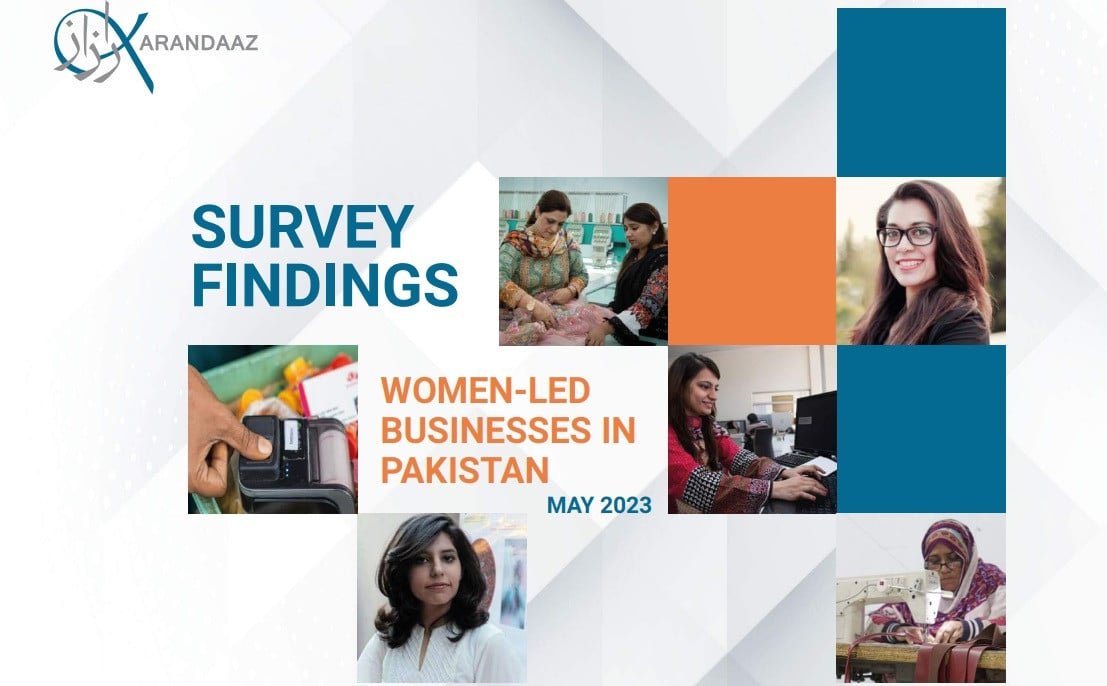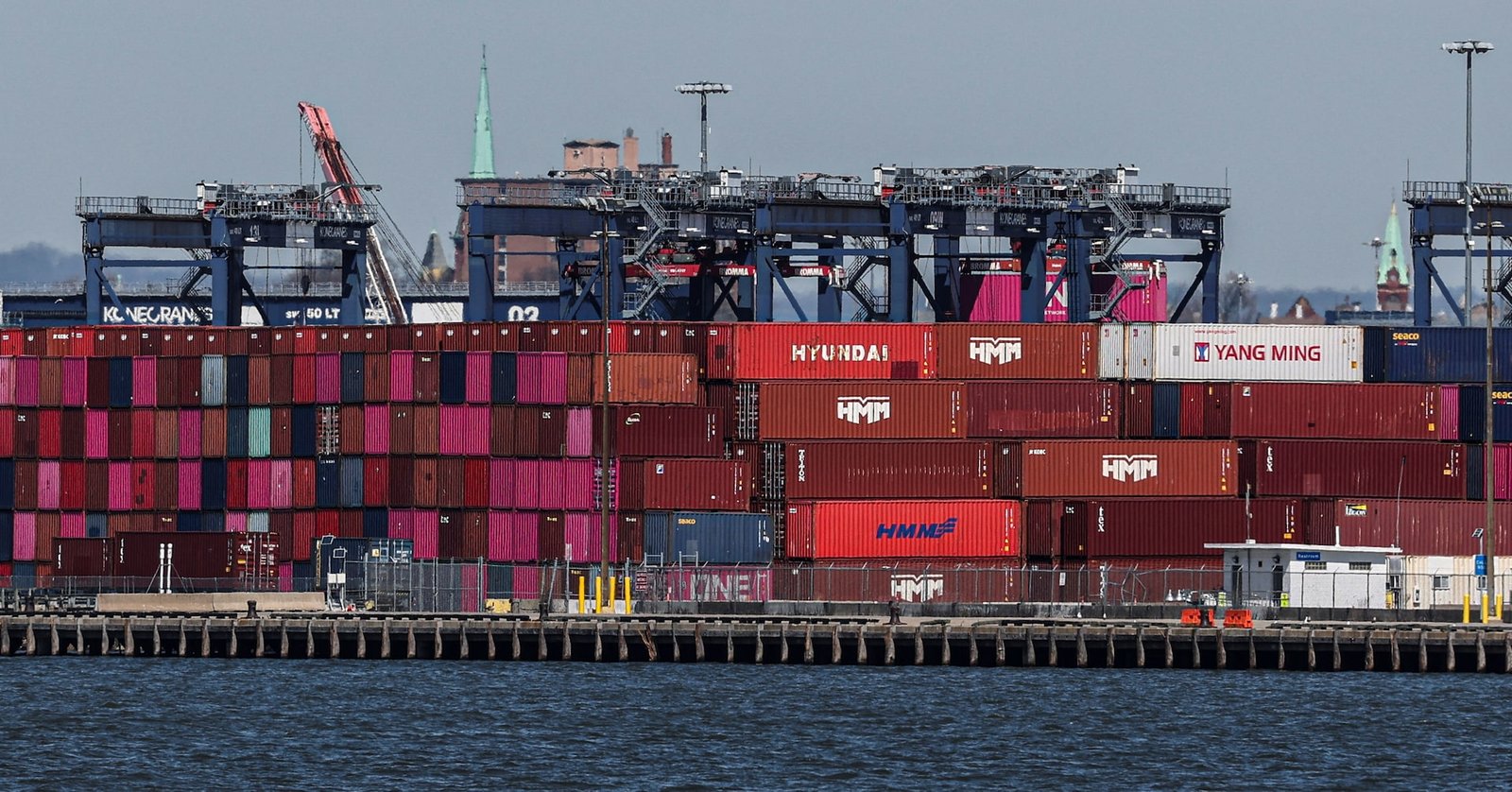Financial Inclusion in Pakistan: A Growing Landscape
In just a decade, Pakistan has made remarkable strides in financial inclusion, seeing an increase from a mere 8% in 2013 to an impressive 35% in 2024. The latest Karandaaz Financial Inclusion Survey (K-FIS) highlights this significant growth, primarily driven by the use of mobile money. Today, around 30% of adults in the country engage with mobile financial services, up from less than 1% ten years ago!
Karandaaz Pakistan recently unveiled the 2024 K-FIS, which not only marks ten years of tracking financial behavior but also sheds light on the challenges and opportunities that lie ahead for inclusive finance in the country.
However, despite these advancements, some gaps remain. One glaring issue is the disparity between men and women in terms of financial access. Only 14% of women report having access to full-service financial accounts, while a robust 56% of men do. This stark difference can largely be traced back to mobile phone ownership, with only 46% of women owning a mobile device compared to 82% of men, which hampers their access to digital financial solutions.
Geographically, the numbers tell a varied story. Punjab is leading the charge with a financial inclusion rate of 40%, followed closely by Islamabad at 38%. Regions like Gilgit-Baltistan are at 33%, but there’s still a large gap for areas like Balochistan and Azad Jammu & Kashmir, with inclusion rates of just 23% and 25%, respectively.
A noteworthy development has been the growing adoption of the government-backed RAAST payment system, which has seen wallet registrations skyrocket from 17% to 41% within just two years. Many users cite the speed of transactions (77%) and affordability (43%) as key advantages of this system.
Waqasul Hasan, CEO of Karandaaz, emphasizes the pressing need for inclusivity, pointing out the troubling gender divide: "As the K-FIS results reveal, there is a persistent and troubling gender divide. Today, 56% of adult men in Pakistan have a registered financial account, compared to just 14% of women." He envisions a future where financial tools are accessible to all, regardless of gender. "Inclusion is not a one-time achievement but a continuous journey, and data must guide us,” he added.
Despite the progress, it’s concerning that a substantial 85% of adults still depend on informal sources like family and friends for credit—a reflection of the trust gaps that remain. Astoundingly, a mere 9% of those excluded trust banks, and only 8% have faith in mobile money providers.
As Pakistan continues its journey toward comprehensive financial inclusion, addressing these disparities will be crucial. By understanding and overcoming the barriers of access, equity, and trust, the country can pave the way for a more inclusive economy where everyone has equal opportunities to succeed.





